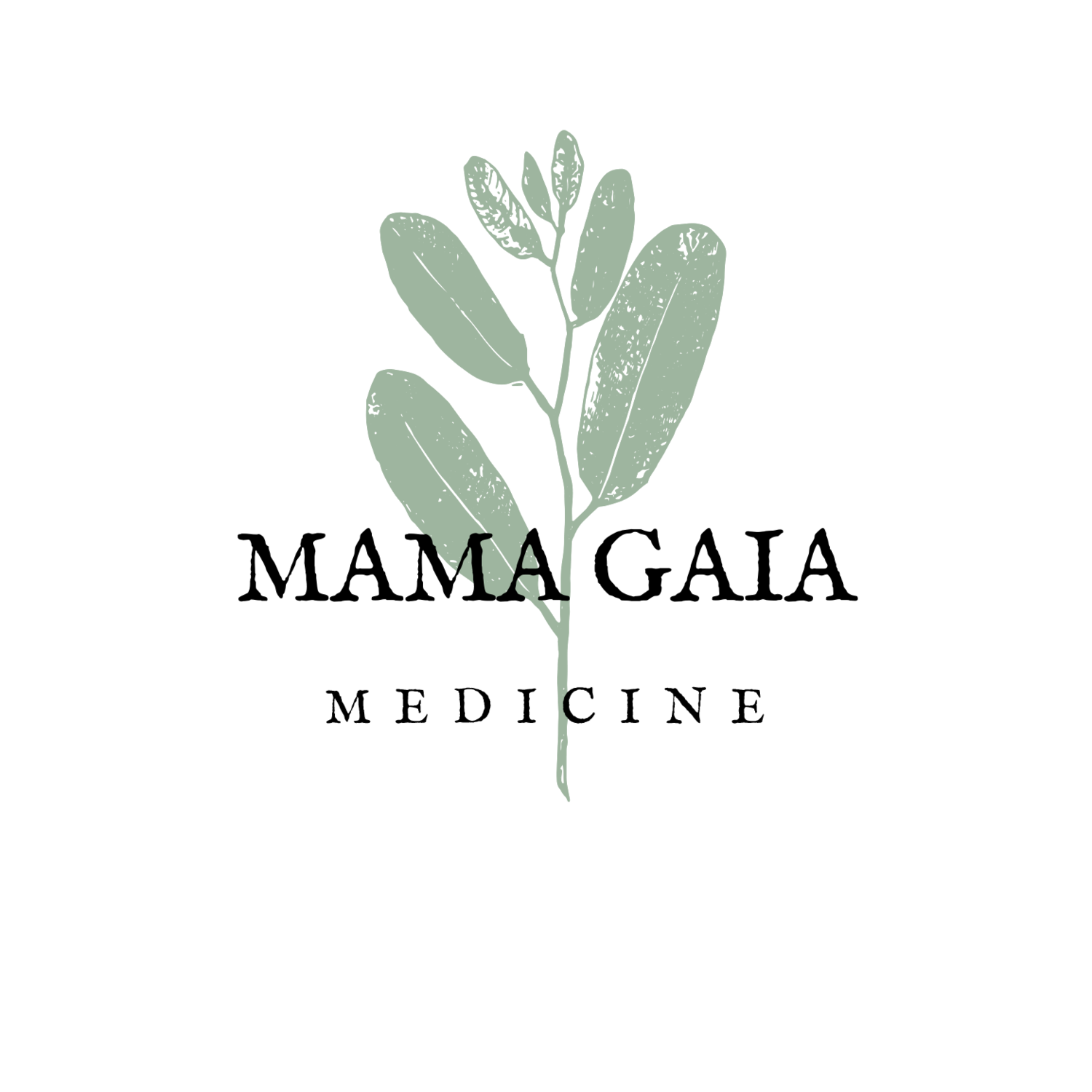The Art of Allowing
The Master does nothing, yet he leaves nothing undone. The
ordinary man is always doing things, yet many more are left to be done.– Lao Tzu
Western culture is rooted in achievement, busyness, and productivity. If someone asks you “What did you do today?” and all you did was take a nap and read a book, you might feel uncomfortable answering the question. Because what’s “productive” about napping? Self-care is not deemed a useful spending of one’s time in modern society and is thus regarded as unproductive. So, to keep up appearances, we stay busy. This culture cultivates a need to fill our time with doing things, whether those things actually need doing or not.
This doing for the sake of being busy can get us in a lot of trouble. It creates far more problems than solutions. It’s the culture of forcing, making things happen, and bending circumstances to our will. And a quick perusal of the plant, mineral, and even animal kingdoms will tell you that attitude is contrary to natural law. Nature doesn’t force, it follows the path of least resistance.
Lessons from Nature’s Archetypes
The archetype of the ram clearly demonstrates nature’s power and humanity’s inversion – the power of a ram can overcome obstacles and generate momentum to get it through difficult situations. Invert that power and the ram is smashing its head against a brick wall, again and again and again and…..in this case, the ram is trying to force something that isn’t meant to happen. When, instead, it could look around and find a path around the wall rather than through. And, if it’s not stubborn and prideful, the ram will take it. What would you do?
The reason why we try to force things almost always stem from self-worth being tied to productivity. This can show itself as too proud to admit “defeat,” too afraid to try something new or different, or too stubborn to let go. But nature will soon be there to remind us of the wisdom of the path of least resistance.
The Horse and the Wise Man
There is an old story about an ornery horse tied up in a narrow street. No one could walk past him because he would kick them, and so the villagers gathered at the end of the alley trying to find a solution for how to walk past the horse. One of them noticed the wisest man in the village approaching and they all rushed to ask him, “Master, master, how do we get past the horse?” The wise man took one look down the street, then walked down a different street.
Why fight the horse when he could just take another path? So why do we fight circumstances and immovable obstacles? There is always another path. It may require sacrifice or discomfort, but maybe that’s the point of the obstacle to begin with! Doors are shut in your life not to punish you, but to guide you. Obstacles are placed in your path to provide opportunity for growth or to redirect your path. When you can shift your perspective to seeing the universe as benevolent, it is much easier to trust that the “difficulties” in your life are there to benefit you, not hurt you. And at that moment, you can turn the ram’s energy upright again, and use your power of change and creation like the earth does. With patience, with a knowing that something as soft and gentle as water can destroy mountains, with the trust to allow a higher force into your life to guide you towards your best self!
Cultivating Trust and Letting Go through Yoga
This practice will ask you to open your heart and be vulnerable while also maintaining strength and integrity. Poses like cobra and camel can be difficult because of the strength required. The stronger your are, the deeper you can do into the backbends - an appropriate metaphor for the art of trust and allowing. True strength is found in profound trust.
If you’re not sure how to perform Ujjayi breath, watch this video.
Be well everyone!
















